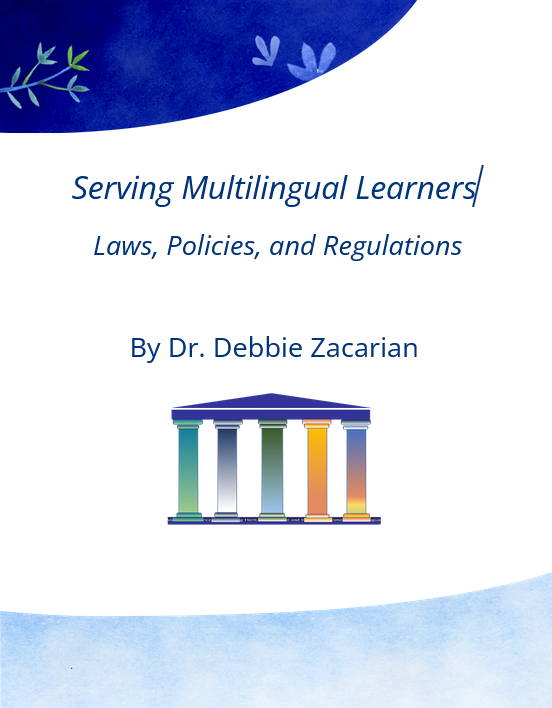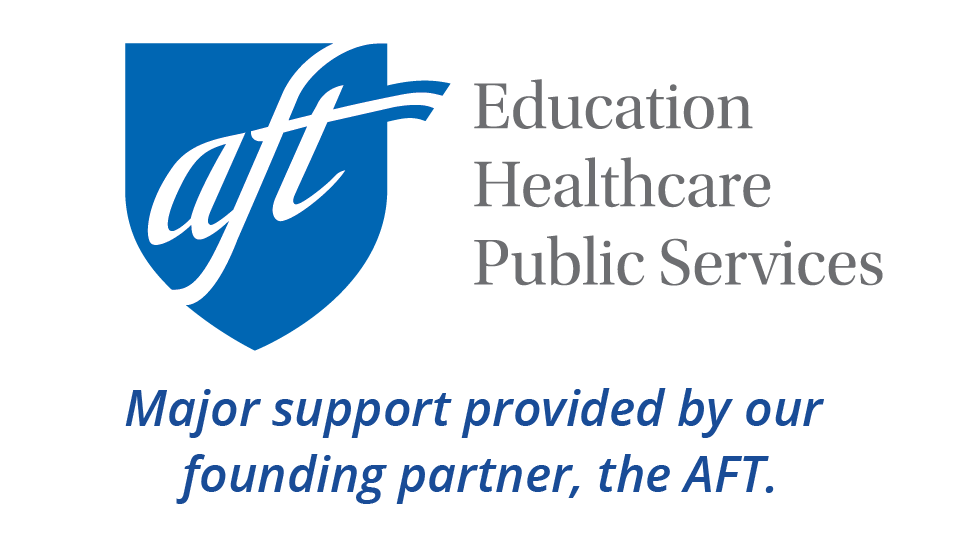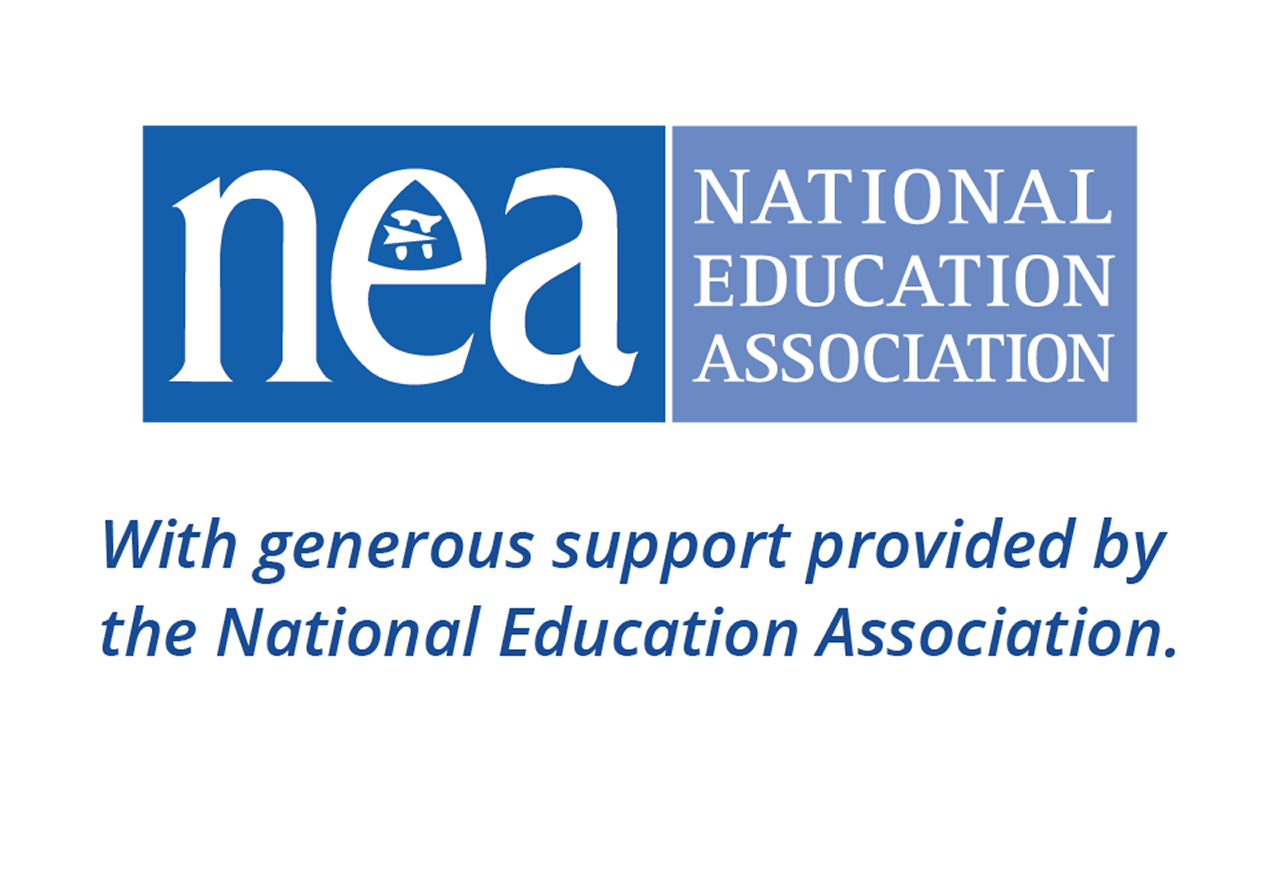The eighth key topic of the Dear Colleague Letter focuses on monitoring students who have exited language assistance programs. According to the Dear Colleague Letter, schools and state education agencies must "monitor and evaluate students in language assistance programs to ensure their progress in acquiring English proficiency and grade-level core content, exit from language assistance programs when they are proficient in English, and monitor exited students to ensure they were not prematurely exited and that any academic deficits incurred in the language assistance program have been remedied" (U.S. Departments of Justice and Education, 2015, p. 8).
A Note on Terminology
The strengths-based term multilingual learner is used throughout this document to recognize and value students' existing language abilities and highlight what they know. Keep in mind that states may use different terms and that many federal documents use the terms "English learner" and "Limited English Proficient students."
See the federal definition of a multilingual learner in Who Are Multilingual Learners?
Guiding Questions
Download this guide
 This guide is also available in a PDF version for download and printing.
This guide is also available in a PDF version for download and printing.
- What should be done to monitor and evaluate MLs in language education programs?
- What actions steps should occur to (1) monitor and evaluate MLs' acquisition of English and grade-level content and (2) transition from language assistance programming?
What Schools Need to Know
A key action step for monitoring and evaluating the progress of MLs in acquiring English and grade-level content is to carefully and strategically support students' successful transition from one level of language assistance programming to the next and out of the language education assistance programming entirely. To do this, it's helpful for a team to continuously and systematically review the report cards, progress reports, and state assessment data that are captured by a school or district. With these data points in hand, a team of teachers, specialists, administrators, and other stakeholders can more fluidly assess the steps it is taking to successfully ensure MLs:
- Make progress in learning English and grade-level content
- Successfully transition from language assistance programs
- Receive appropriate academic support where needed
Tools for Educators
This list of action steps is intended to support educators in monitoring and evaluating MLs' English and grade-level content growth, as well as their successful transition from language education programming. A printable version of these questions is available in the PDF version of this guide.
Additional tools for monitoring are available in the English Learner Toolkit: Chapter 8 and in the NCELA webinar, Reclassifying English Learner Students.
Action Steps: Monitoring MLs’ English and Content Acquisition for Successful Transition from Language Assistance Programs | |
|---|---|
This list of action steps, drawn from Zacarian (2023, p. 193 ), is intended to support schools and districts in monitoring and evaluating MLs' English and grade-level content growth and successful transition from language education programming.
| |
Copyright© 2023 by Corwin. All rights reserved. Adapted from Transforming Schools for Multilingual Learners: A Comprehensive Guide for Educators, Second Edition by Debbie Zacarian. Thousand Oaks, CA: Corwin, www.corwin.com. Posted with permission from Corwin Press.










Add new comment